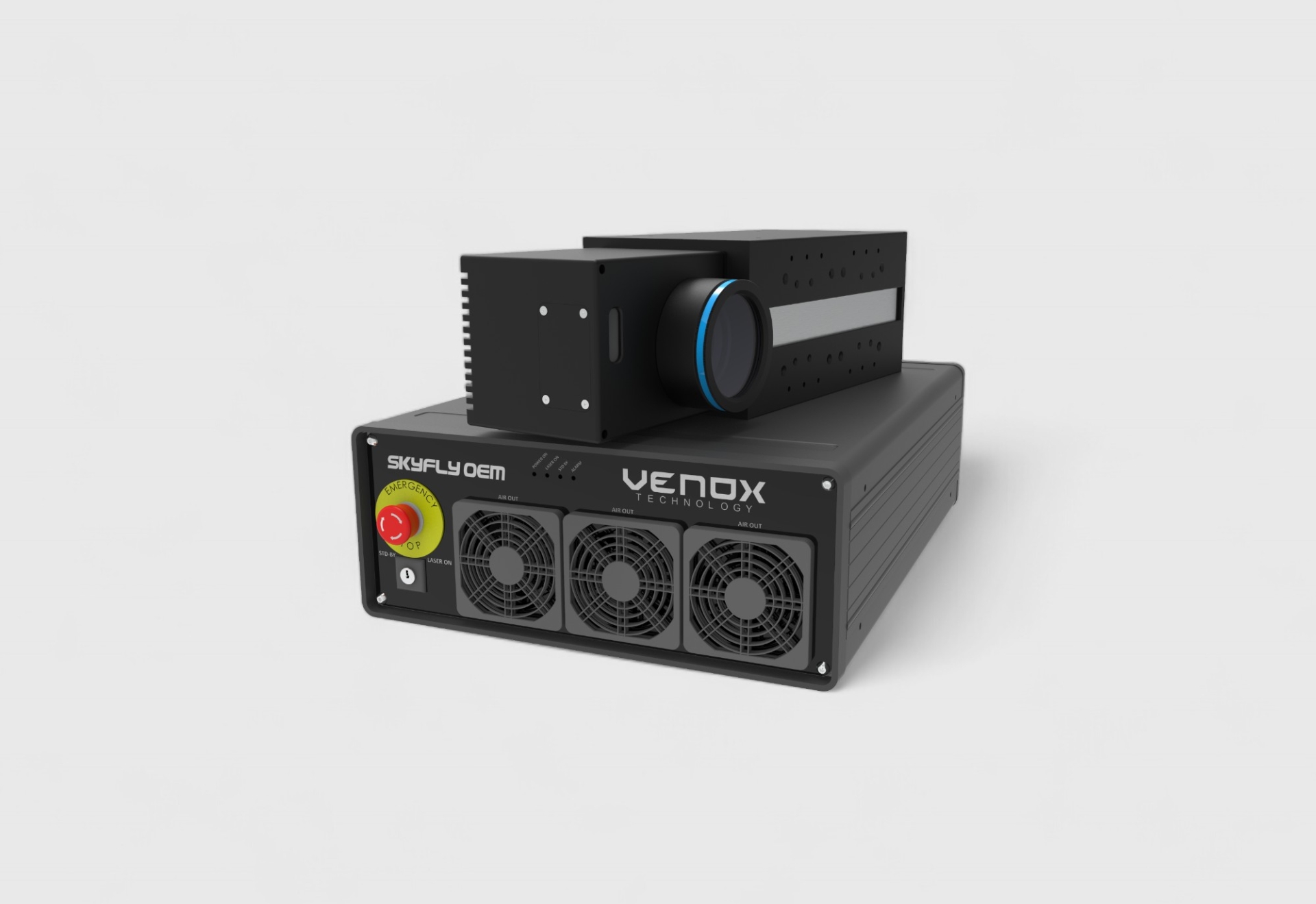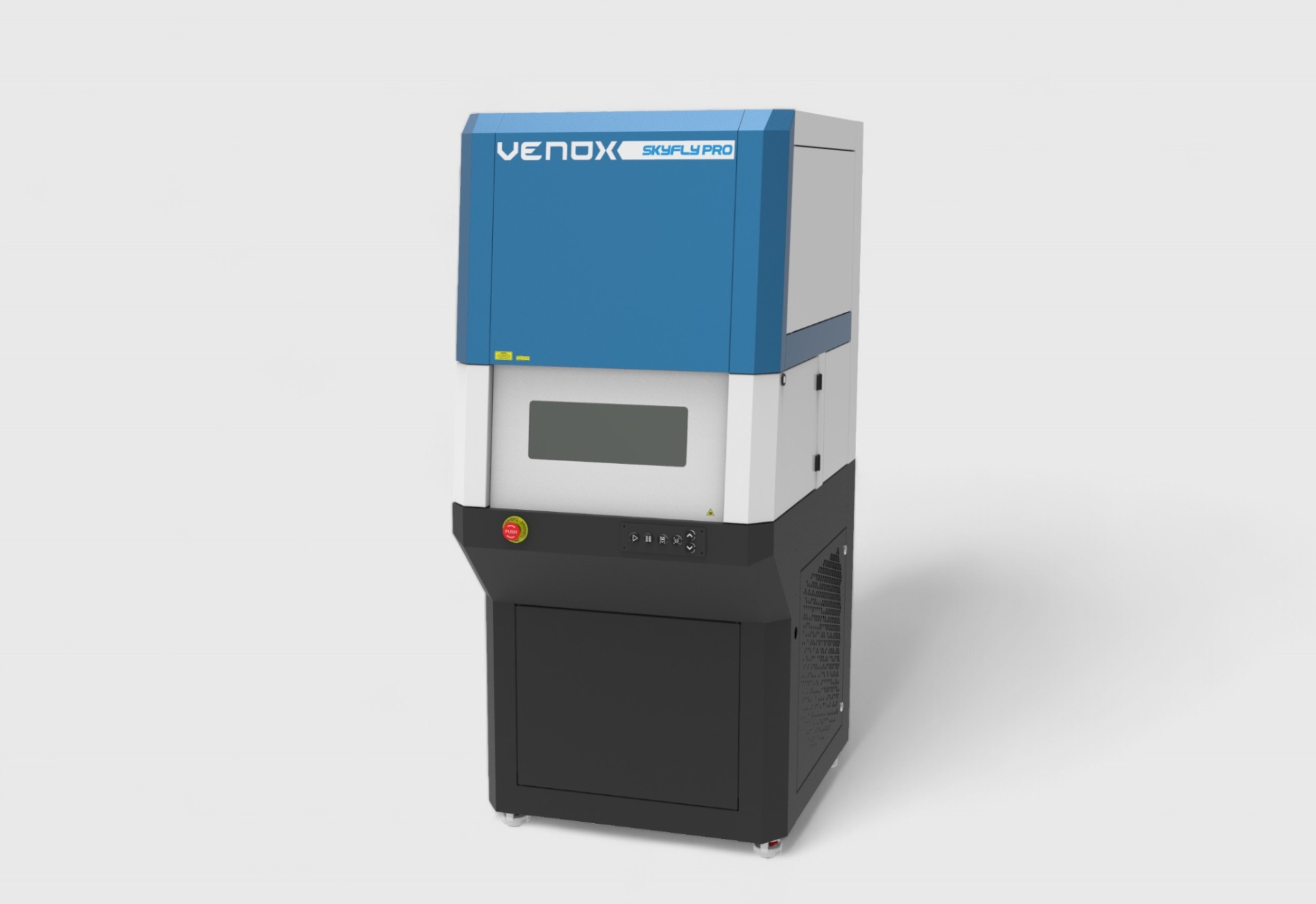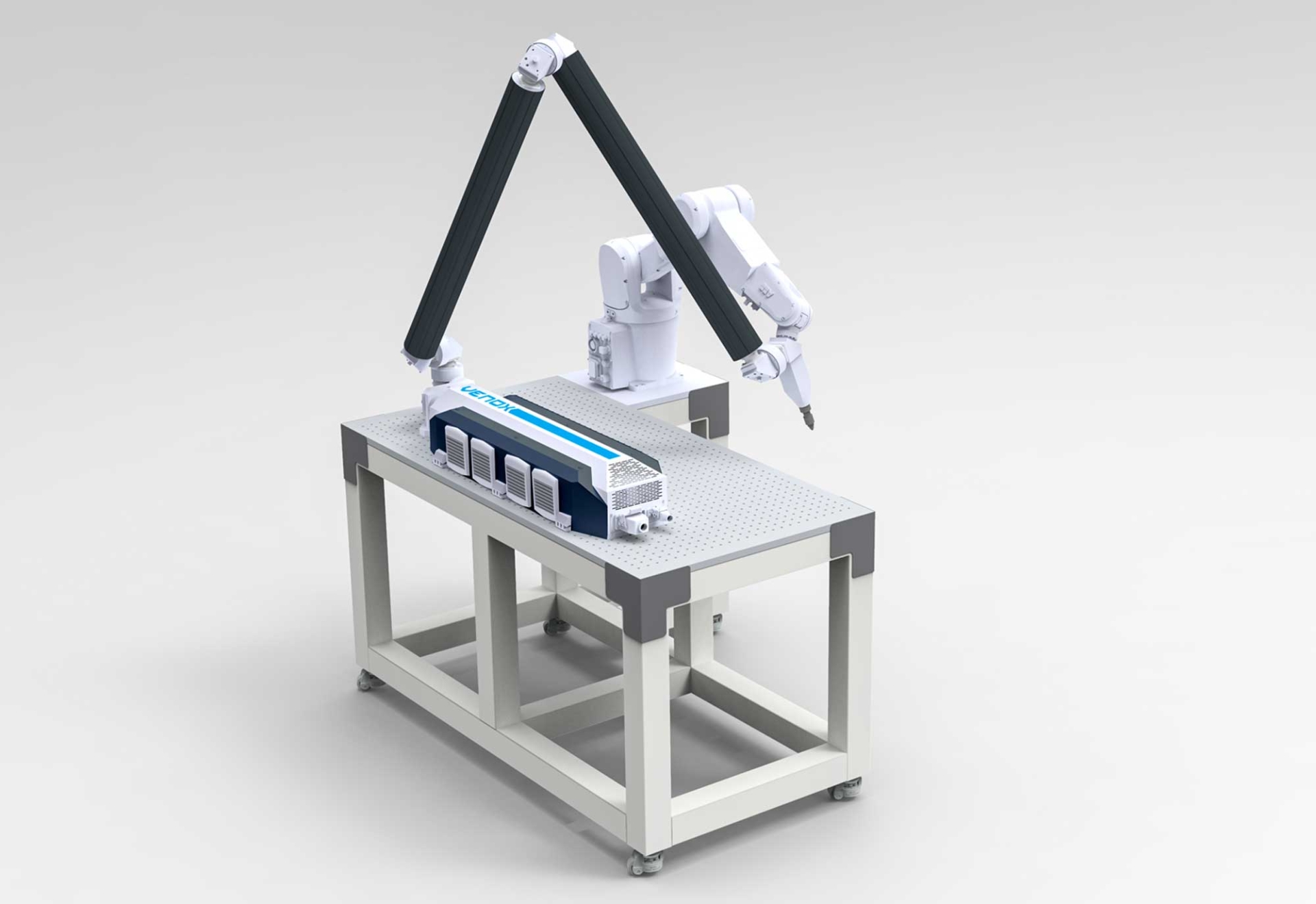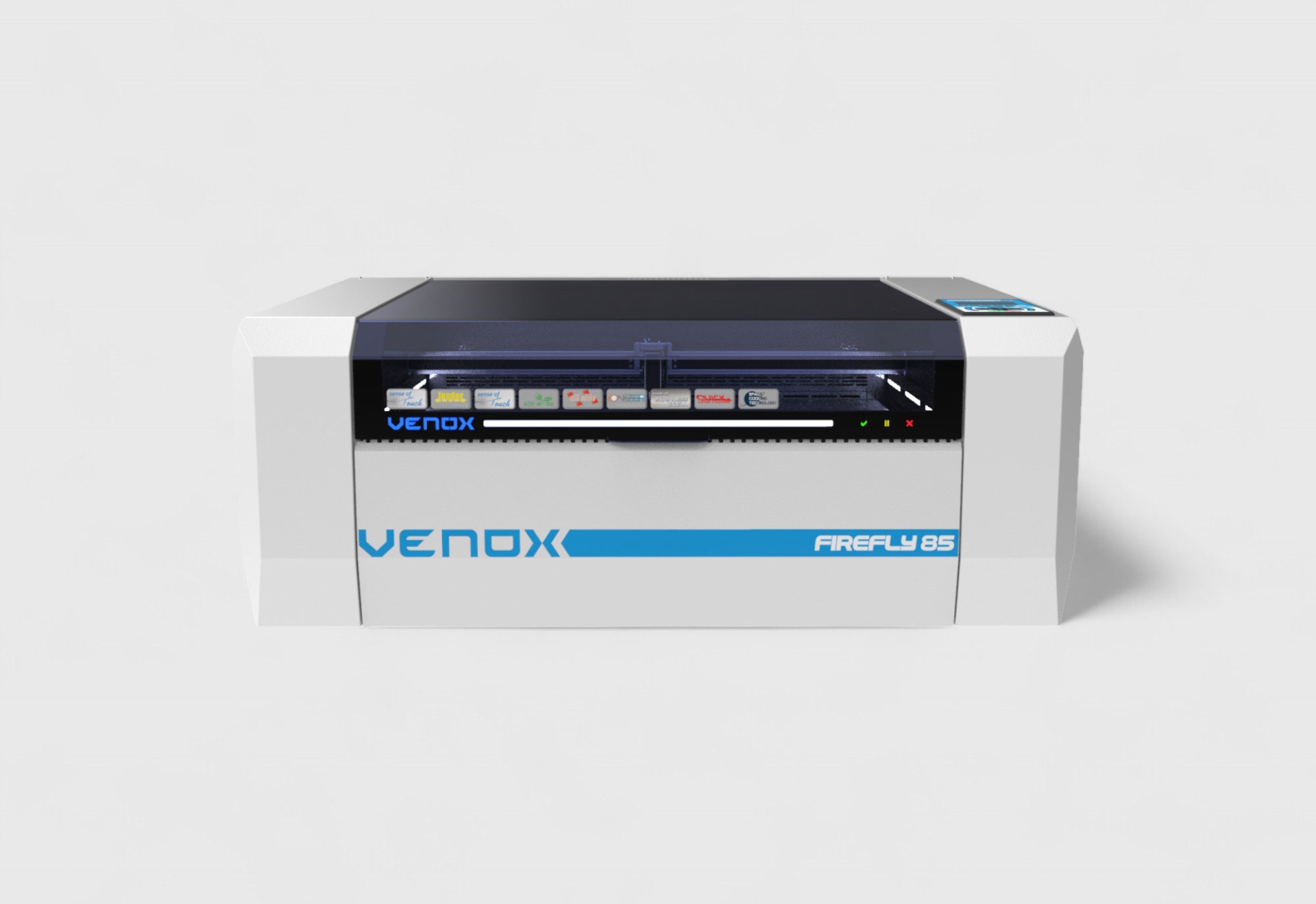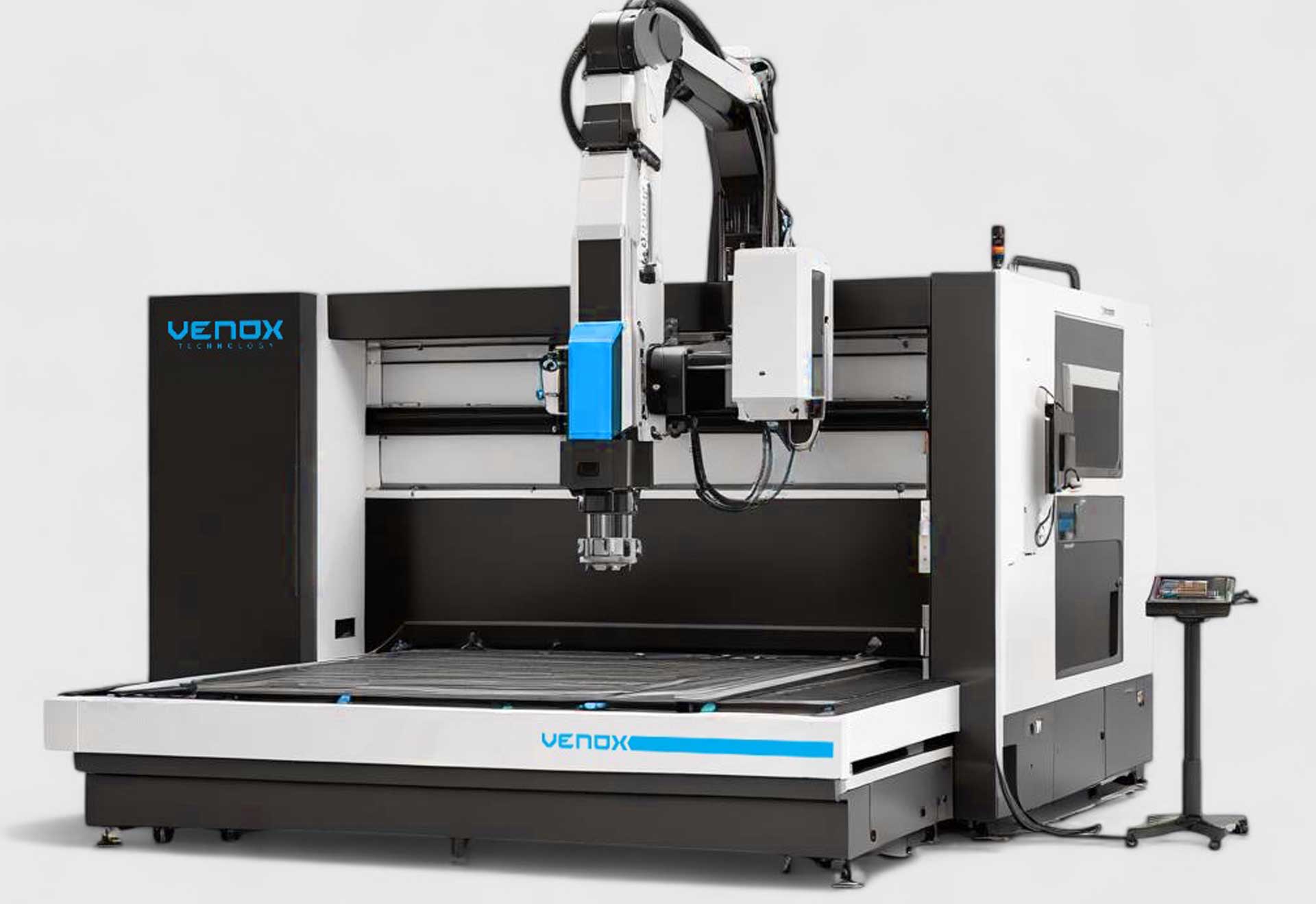Laser Marking and Cutting Systems in the White Goods Industry
White goods manufacturing requires high standards not only in durability and quality but also in design and traceability. Serial numbers, production batch data, and brand logos on products such as refrigerators, washing machines, dishwashers, and ovens are of critical importance for both safety and customer satisfaction. While traditional stamping or labeling methods risk fading or damage over time, laser marking offers extremely durable, chemical- and abrasion-resistant markings. In addition, laser cutting technologies are preferred in the processing of metal and composite panels used in white goods to ensure precision, ease of assembly, and minimal material waste. In this article, we will explore industry-specific solutions under the headings of Product Identification and Serial Number, Logo Marking, High-Precision Surface Marking, and Laser Cutting Systems.
Product Identification and Serial Number, Logo Marking
Traceability and Quality Control
In white goods production, each unit must be traceable from the moment it leaves the production line. Serial numbers and batch information provide vital data for future warranty claims or recall operations. Since laser markings can penetrate metal surfaces up to 0.01–0.1 mm in depth, they are resistant to high temperatures, cleaning chemicals, and mechanical wear. This ensures clear, permanent markings directly on the product, enabling seamless manufacturing records, logistics management, and after-sales service processes.
Material and Method Compatibility
The white goods industry typically uses stainless steel, electrostatically powder-coated sheet metal, aluminum, and sometimes plastic front panels. Fiber lasers (1064 nm wavelength) provide high contrast and detail on metals, while UV lasers (355 nm) excel on coatings or thin film materials. By adjusting laser parameters (power, frequency, focus speed) according to the material type, elements such as logos, QR codes, serial numbers, and RFC labels can be clearly marked, even in very small fonts. As a result, both aesthetic and functional quality expectations of the sector are fully met.
High-Precision Surface Marking
Visual Aesthetics and Durability
In consumer-focused white goods models, elegant lines, minimal logo designs, or even fine decorative patterns that emphasize brand identity are often used. Laser marking allows micro-level processing on painted or stainless surfaces without glare. This preserves the product’s visual integrity and supports minimalist, contemporary design lines. The result is a flawless appearance requiring no additional manual finishing after laser processing.
Micro Marking and Functional Icons
Micro markings that enhance user experience can be applied to small surface areas such as touch control panels, indicators, or instruction icons. Symbols on the refrigerator temperature control panel, energy efficiency tags on washing machine door seals, or program selection button details on dishwashers can be laser-engraved with resolutions up to 0.02 mm. This enables high-speed automated processing on production lines while ensuring that markings remain intact over long-term use.
Advantages of Laser Cutting Systems
Precision Cutting and Assembly Ease
In white goods manufacturing, precise cutting of metal chassis and panels before assembly is critical for sealing performance and assembly line efficiency. Laser cutting enables complex profiles to be processed in one pass with ±0.1 mm tolerances. Drilling, shaping, and contour cutting operations can be programmed within the same unit, shortening production time and reducing labor and inventory costs.
Flexibility Across Various Materials
Stainless steel, galvanized sheet, aluminum alloys, and lightweight composite materials can be processed at high speed and in varying thicknesses (0.5–10 mm) using CO₂ lasers, fiber lasers, and plasma cutting systems. Laser energy melts or sublimates the material, producing narrow, smooth, burr-free cut lines. As a result, no additional cleaning or edge-finishing is required in later assembly stages, reducing total downtime on the line.
Venox offers flexible and modular laser marking and cutting systems tailored to the white goods industry. With fiber laser units of varying power, it delivers solutions across a wide range of applications—from metal body parts to cover surfaces, screw slots to carrying handles.
- Integrated Marking and Cutting Line: Hybrid systems that combine marking and cutting automation under a single operator accelerate the production flow.
- Software and Automation Support: CAD/CAM integration enables production data collection and real-time quality control.
- Service and Training: On-site training and 24/7 technical support are available to optimize surface processing parameters.
For detailed industry-specific solutions and reference projects: White Goods Sector – Venox
In the white goods industry, high quality, aesthetics, and traceability are key factors for competitive advantage. Laser marking and cutting systems not only optimize production processes but also provide consumers with assurance of product safety and durability. With Venox's integrated solutions, every seam, logo, and serial number on the device is processed in an automated and sustainable way—enhancing assembly line efficiency and enabling the production of long-lasting white goods. For more information and to discuss your projects, contact Venox and take your white goods brand identity to the next level.
